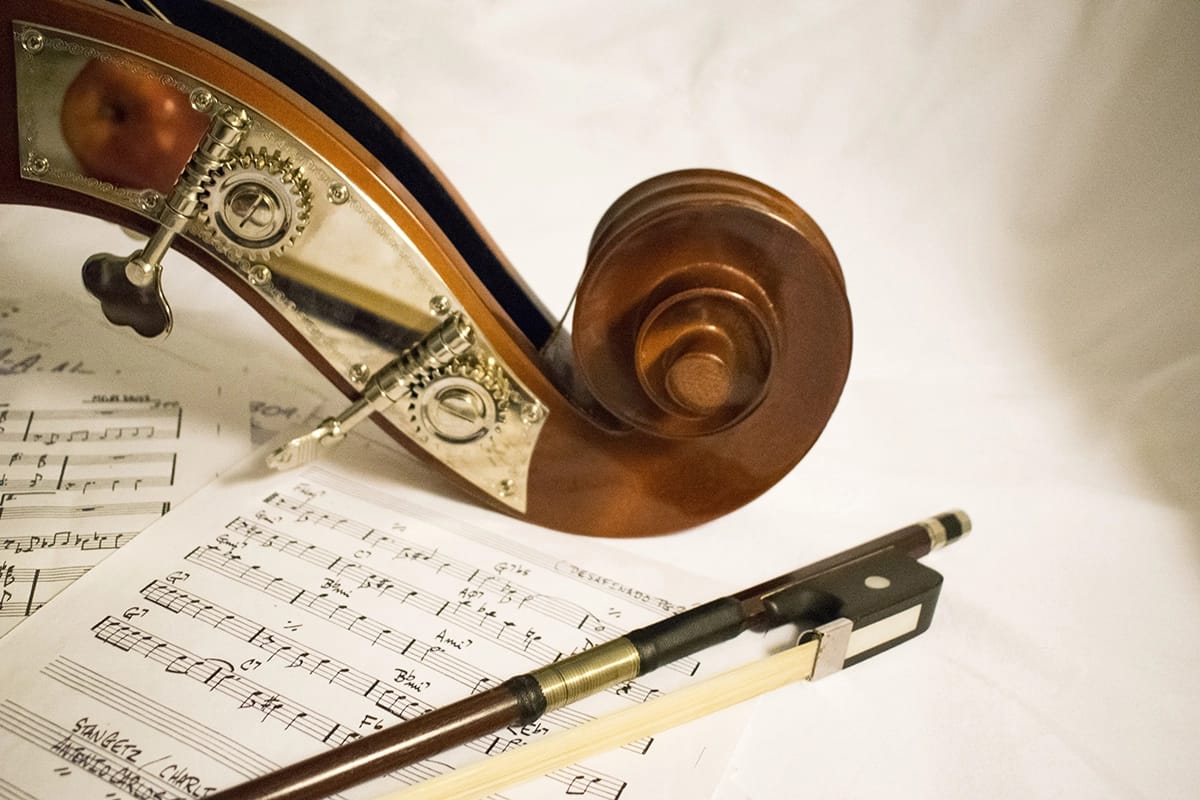
KUSC’s Alan Chapman has a lot to say about music, but can he say it in 60 seconds? That’s the Chapman Challenge. We ask a question and Alan has a minute to answer it.
Today’s question comes from Earl Kellner in Riverside. The question is how does a composer pick the specific key for a piece?
In many cases, the choice of key has to do with technical matters: the range of certain instruments and voices, how their sound might differ from key to key. For example, you’ll find a lot of 18th century symphonies in the key of D. That key increases the use of open strings, that is, notes where you don’t have to put a finger down, and that creates an overall brighter sound.
Composers may also have personal affinities for certain keys. For Beethoven, E-flat major was the heroic key, the key of his Eroica symphony and the Emperor Concerto. Beethoven also had a thing for C minor, the key of the Pathetique sonata, the Third Piano Concerto and the Fifth Symphony.
And sometimes a key is chosen to make a connection to an earlier piece by a different composer. For example, in 1902 Alexander Glazunov composed his Seventh Symphony, which he named “Pastoral.” Ninety-four years earlier Beethoven composed his Sixth Symphony, also called the “Pastoral.” Beethoven’s symphony is in F major. What key do you think Glazunov chose? Yes, F major.
That’s today’s Chapman Challenge. Is there a question you’d like to have answered in 60 seconds? Send it to us at [email protected].







